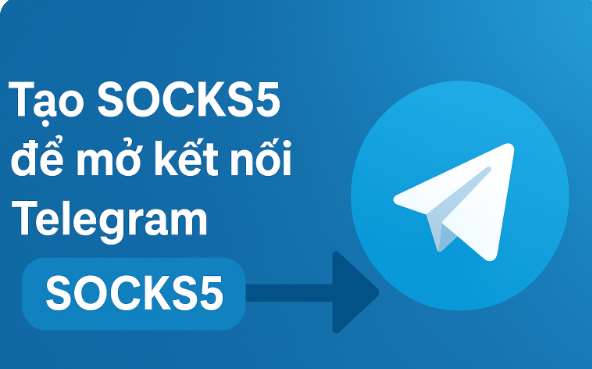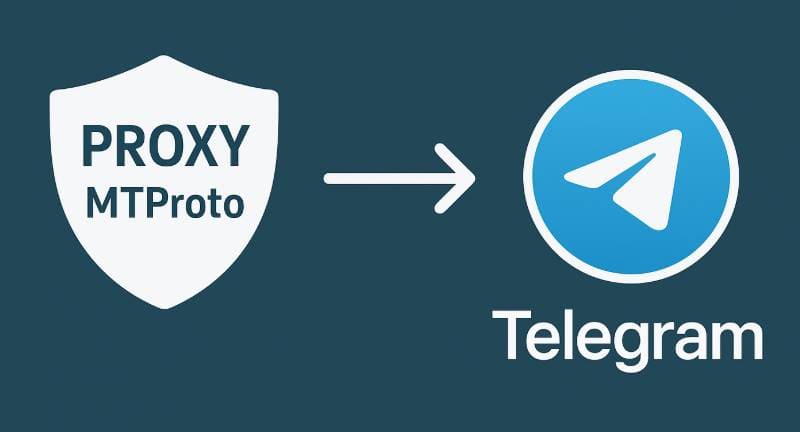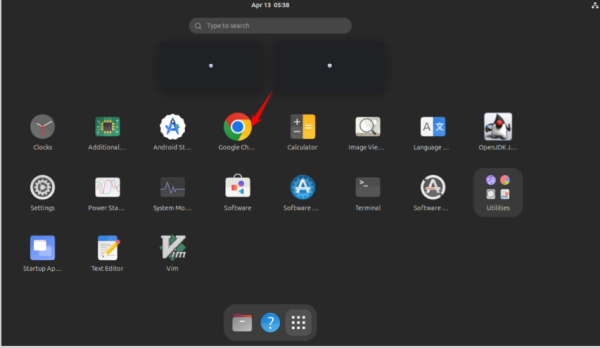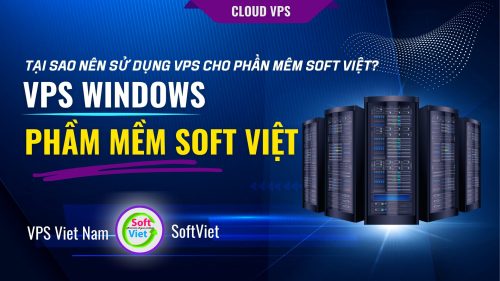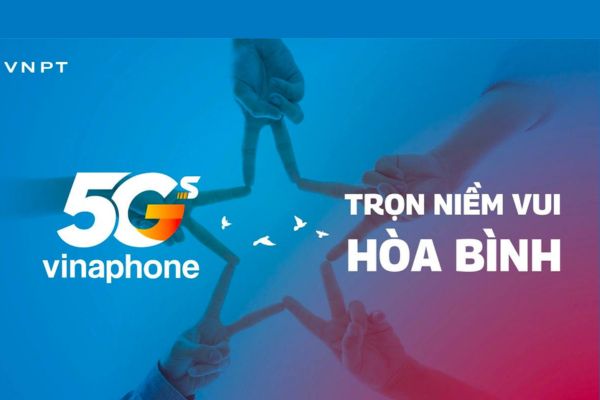This article will learn about Web 3.0. Over the years, computer technology has developed very rapidly, and of course, this development has also affected the world wide web (WWW) and the Internet. For this reason, we’ve moved from the informative Web 1.0 to the more interactive Web 2.0. And, now we are preparing to move to the third generation of the web, called “Web 3.0”.
| Join the channel Telegram of the AnonyViet 👉 Link 👈 |
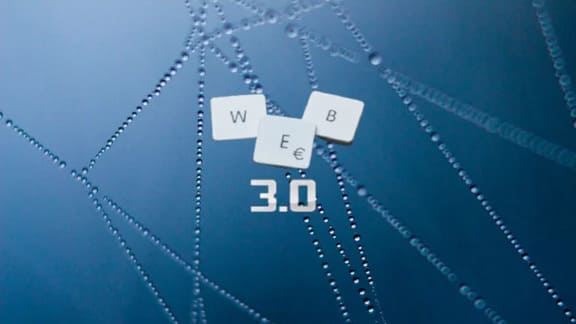
Web 3.0 is a next-generation web technology with a strong focus on machine learning (ML) and artificial intelligence (AI). It includes websites and online services that primarily use AI to interpret the Semantic Web – a machine-friendly type of data storage web – and generate output for the user. Virtual assistants, smart speakers, and networked home appliances are some examples of what Web 3.0 is all about.
This new generation of the web promises to deliver a smarter, more efficient, accurate and connected online experience for everyone. However, it will be a while before we fully transition to Web 3.0.

How is Web 3.0 different from Web 2.0?
Web 3.0 and Web 2.0 differ in the way they generate data for the user. While our current web relies on user input and collaboration to determine how to behave, the next-generation web will allow AI to work on a wealth of data to determine best way to operate.
In short, some current online services depend on user feedback to adjust how they perform, but in the coming years they will let AI analyze the collected data and choose what works best. . This will allow websites to find and deliver the information that users are most likely to request.
What are the main components of Web 3.0?
Artificial intelligence: Currently, user decisions directly affect how the Internet works. However, this method also carries the risk of some users deliberately influencing the web to display incorrect results. AI will overcome this by separating real user input from fake user input using complex techniques.
Universal computer: It is a concept of computing on any device, from anywhere and in any format. This is related to Internet of Things (IoT), a term for devices that communicate over a common network. Good examples of IoT devices are smart TVs and smart light bulbs, which form the original infrastructure for Web 3.0.
Semantic Web: As mentioned before, this is the name of a machine-readable website for online data. This web data format will allow machine learning to evolve better and thus make AI work at its maximum performance. For example, this would allow computers to understand queries searched by humans in the appropriate context. The Semantic Web is a prerequisite for effective AI implementation.

